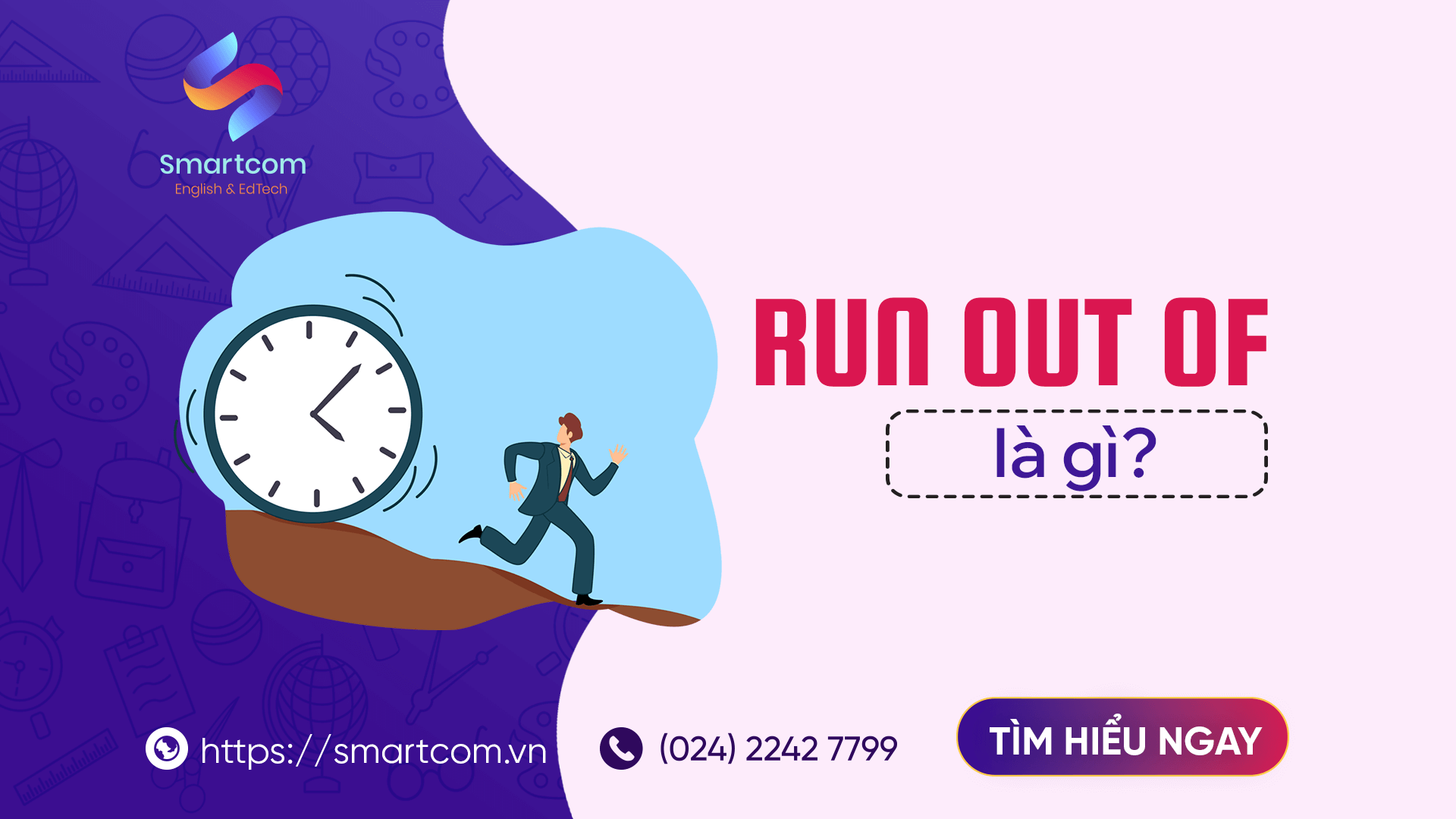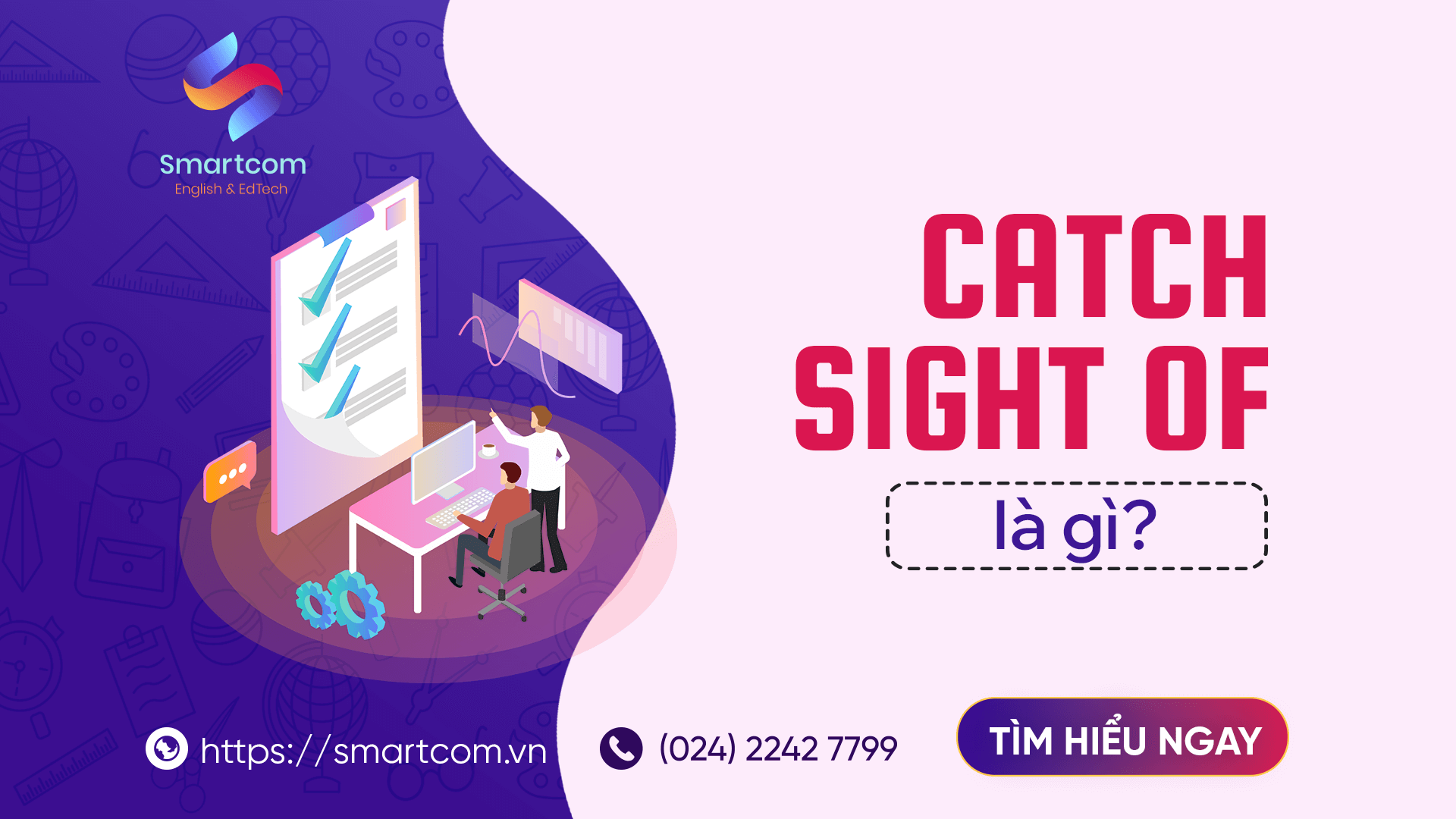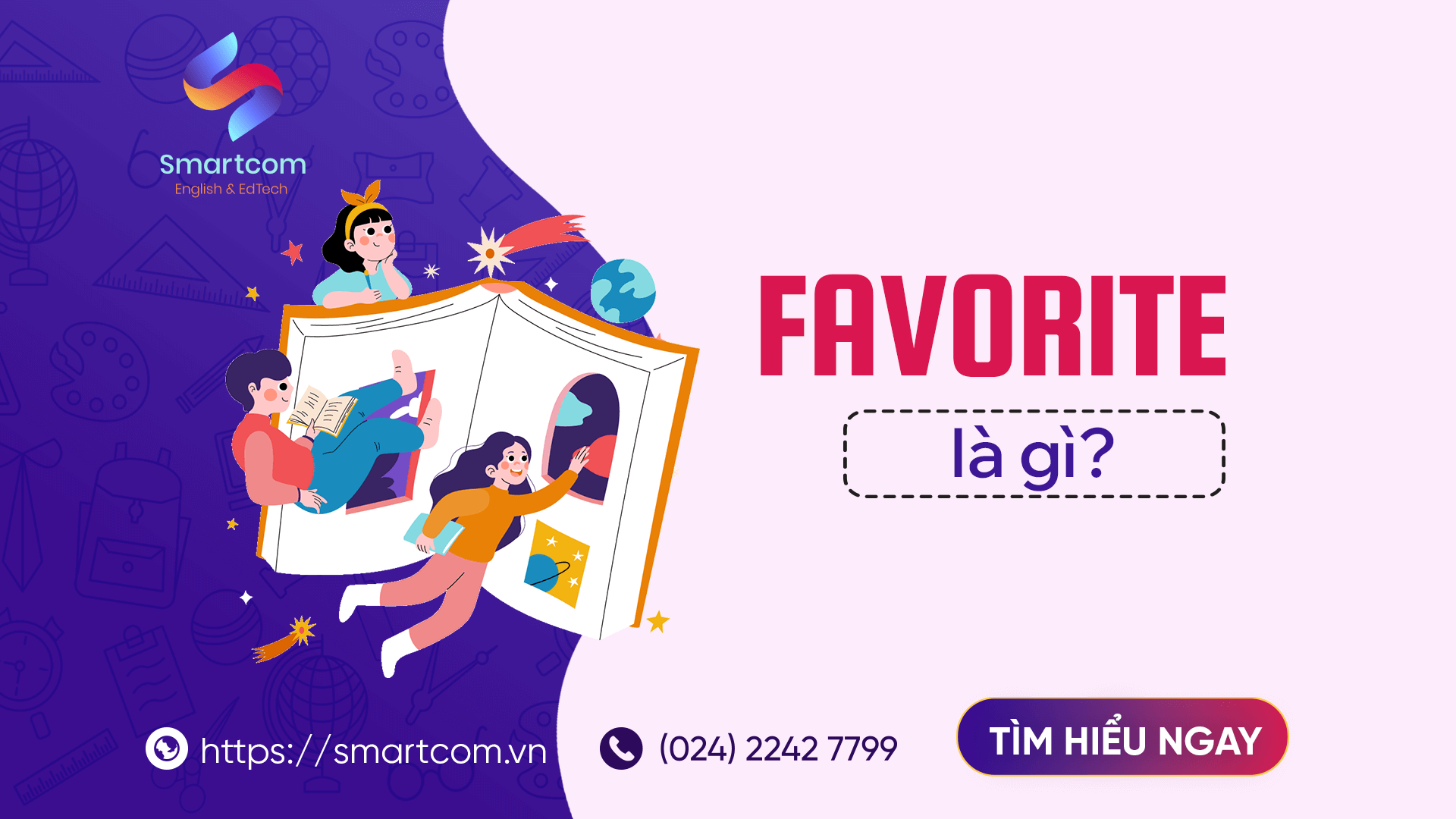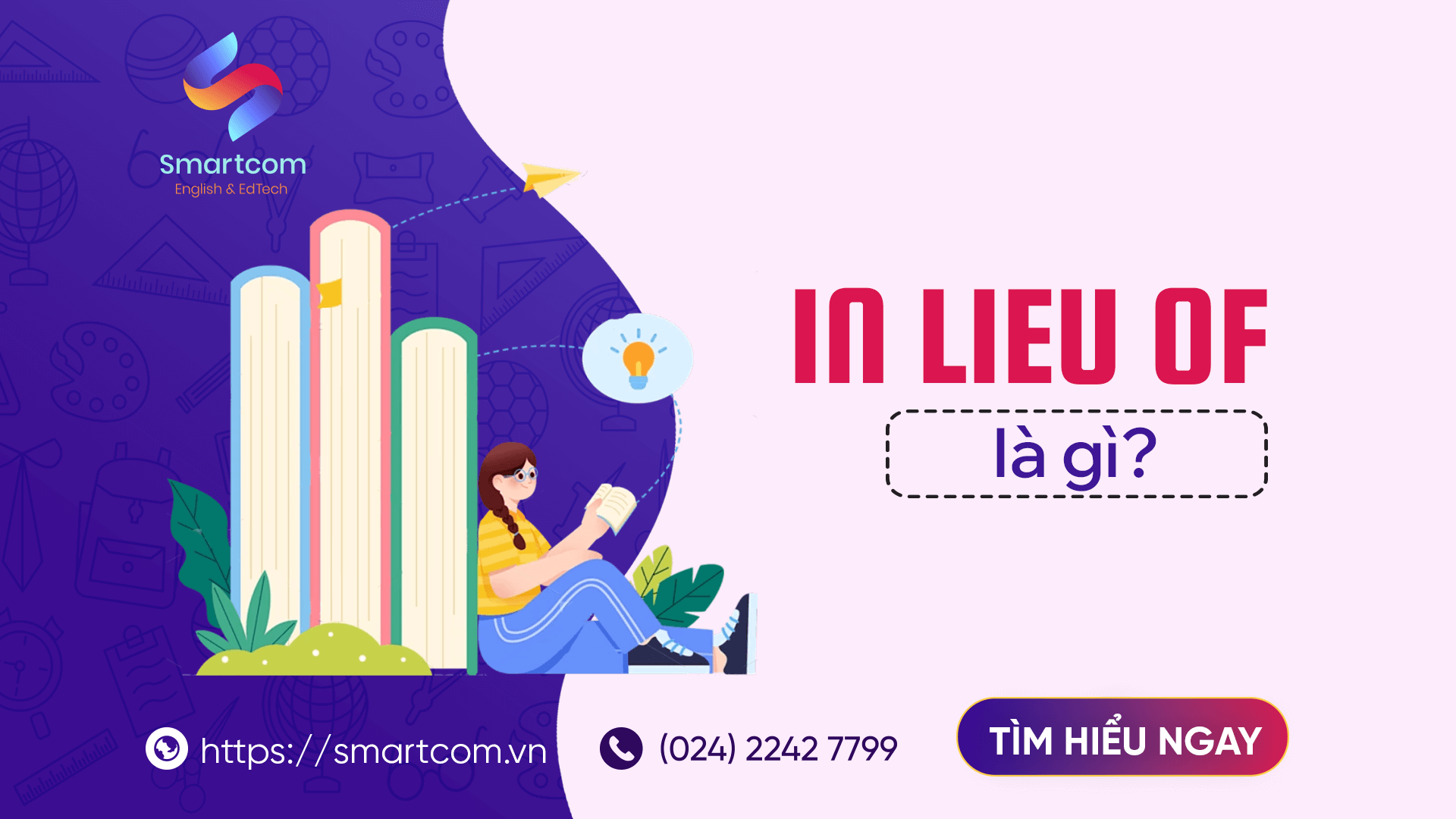Đội ngũ chuyên gia tại Smartcom English là tập hợp những chuyên gia đầu ngành trong lĩnh vực IELTS nói riêng và tiếng Anh nói chung. Với phương pháp giảng dạy sáng tạo, kết hợp với công nghệ AI, chúng tôi mang đến những trải nghiệm học tập độc đáo và hiệu quả. Mục tiêu lớn nhất của Smartcom Team là xây dựng một thế hệ trẻ tự tin, làm chủ ngôn ngữ và sẵn sàng vươn ra thế giới.
Chủ đề Travel and Transport (du lịch và phương tiện đi lại) tập trung vào các phương tiện giao thông, sự tiện lợi và an toàn trong việc di chuyển, cũng như những xu hướng tương lai trong ngành du lịch. Để trả lời tốt các câu hỏi về chủ đề này, bạn cần có khả năng phân tích và mô tả các phương tiện giao thông, các yếu tố ảnh hưởng đến sự an toàn và sự phát triển của ngành du lịch, cùng với việc sử dụng từ vựng chính xác và phong phú.
Câu hỏi mẫu thường gặp
● How easy is it to travel around your country?
● Which method of travel do you consider safest?
● Has travel become safer in recent years?
● What are the pros and cons of low-cost air travel?
● How do you think people will travel in the future?
● Which method of travel do you consider safest?
● Has travel become safer in recent years?
● What are the pros and cons of low-cost air travel?
● How do you think people will travel in the future?
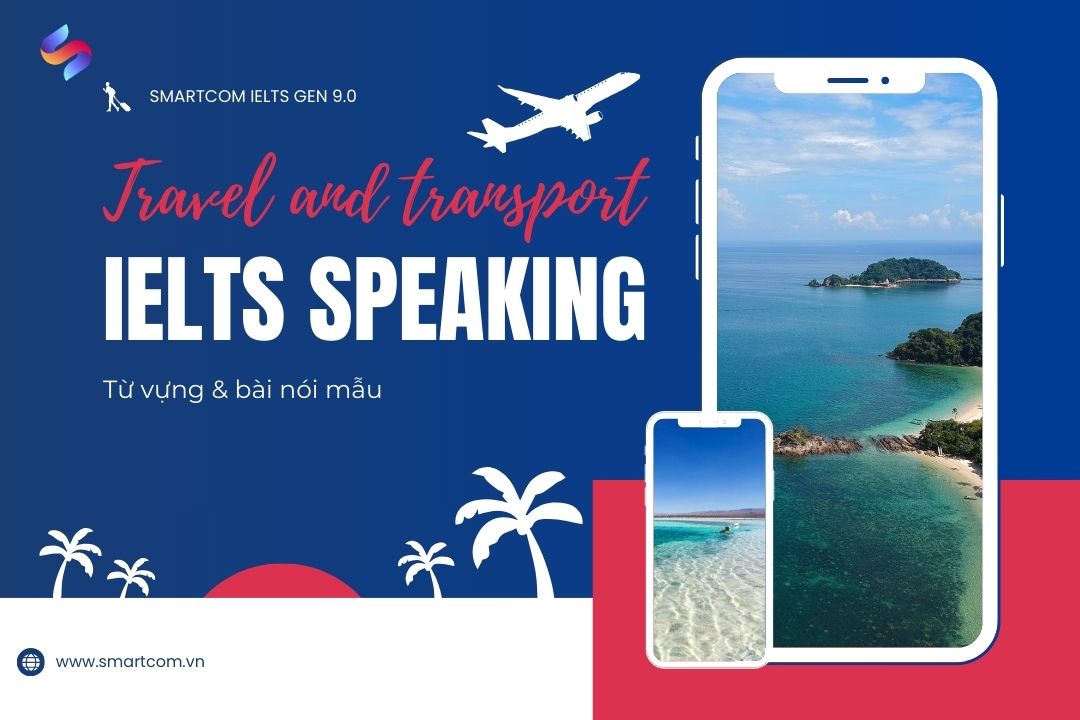
Câu hỏi: How easy is it to travel around your country?
(Việc di chuyển xung quanh đất nước của bạn dễ dàng như thế nào?)
Mẫu câu trả lời:
Travelling around my country is relatively straightforward due to the well-developed infrastructure and diverse transportation options available. Major cities are well-connected by an extensive network of public transport systems, including buses, trains, and metro lines. Additionally, the availability of ride-sharing services and well-maintained roads further facilitates travel. However, in more remote or rural areas, the accessibility might be less convenient, often requiring private transportation or longer travel times.
Phân tích câu trả lời:
- Mở đầu: Mô tả tổng quan về việc di chuyển trong nước.
- Phát triển: Liệt kê các phương tiện giao thông và cơ sở hạ tầng hỗ trợ.
- Kết luận: Nêu những hạn chế hoặc khó khăn trong những khu vực ít phát triển hơn.
Vocabulary ghi điểm:
- Infrastructure /ˈɪnfrəˌstrʌkʧər/: (noun) cơ sở hạ tầng
- Extensive network /ɪkˈstɛnsɪv-ˈnɛtwɜrk/: (noun) mạng lưới rộng lớn
- Ride-sharing services /raɪd-ˈʃɛrɪŋ -ˈsɜrvɪsɪz/: (noun) dịch vụ chia sẻ chuyến đi
- Remote areas /rɪˈmoʊt-ˈɛəriəz/: (noun) khu vực hẻo lánh
Câu hỏi: Which method of travel do you consider safest?
(Phương tiện di chuyển nào bạn cho là an toàn nhất?)
Mẫu câu trả lời:
I consider air travel to be the safest method of transportation. Statistically, flying has a significantly lower accident rate compared to other modes of travel such as driving or rail transport. Modern aviation technology, rigorous safety protocols, and advanced navigation systems contribute to its high level of safety. Despite occasional news of accidents, the overall safety record of the airline industry remains impressive and reassuring for travelers.
Phân tích câu trả lời:
- Mở đầu: Đưa ra quan điểm về phương tiện di chuyển an toàn nhất.
- Phát triển: Giải thích lý do tại sao phương tiện đó an toàn và các yếu tố góp phần.
- Kết luận: Nhấn mạnh sự an tâm mà phương tiện này mang lại cho hành khách.
Vocabulary ghi điểm:
- Statistically /stəˈtɪstɪkli/: (adverb) theo số liệu thống kê
- Accident rate /ˈæksɪdənt-reɪt/: (noun) tỷ lệ tai nạn
- Aviation technology /ˌeɪviˈeɪʃən-tɛkˈnɒlədʒi/: (noun) công nghệ hàng không
- Safety protocols /ˈseɪfti-ˈprəʊtəkɔlz/: (noun) các quy tắc an toàn
Câu hỏi: Has travel become safer in recent years?
(Việc di chuyển có trở nên an toàn hơn trong những năm gần đây không?)
Mẫu câu trả lời:
“Yes, travel has indeed become significantly safer in recent years. Advances in technology have led to improved safety measures across various modes of transport. For instance, modern vehicles are equipped with advanced safety features such as automatic braking systems and collision avoidance technology. Similarly, enhancements in aviation safety protocols and stringent regulatory standards have contributed to reducing the risk of accidents. These developments have collectively increased overall passenger safety and confidence.”
Phân tích câu trả lời:
- Mở đầu: Xác nhận rằng việc di chuyển đã trở nên an toàn hơn.
- Phát triển: Liệt kê các cải tiến công nghệ và quy định an toàn.
- Kết luận: Nhấn mạnh ảnh hưởng tích cực của những cải tiến này đối với sự an toàn của hành khách.
Vocabulary ghi điểm:
- Advances in technology /ədˈvænsɪz-ɪn-tɛkˈnɒlədʒi/: (noun) tiến bộ công nghệ
- Safety features /ˈseɪfti-ˈfiːtʃəz/: (noun) các tính năng an toàn
- Collision avoidance technology /kəˈlɪʒən-əˈvɔɪdəns-tɛkˈnɒlədʒi/: (noun) công nghệ tránh va chạm
- Regulatory standards /ˈrɛɡjələtəri-ˈstændərdz/: (noun) tiêu chuẩn quy định
Câu hỏi: What are the pros and cons of low-cost air travel?
(Những ưu và nhược điểm của việc bay giá rẻ là gì?)
Mẫu câu trả lời:
“Low-cost air travel offers several advantages, including affordability and increased accessibility for a broader range of travelers. This option makes air travel more inclusive and allows individuals to explore new destinations without significant financial burdens. However, there are notable drawbacks such as limited amenities, fewer flight options, and potential for additional fees for services that are otherwise included in traditional airline tickets. Additionally, the emphasis on cost reduction may sometimes compromise comfort and service quality.”
Phân tích câu trả lời:
- Mở đầu: Mô tả các lợi ích của việc bay giá rẻ.
- Phát triển: Liệt kê các nhược điểm và ảnh hưởng của chúng.
- Kết luận: Cân nhắc giữa lợi ích và hạn chế của phương thức này.
Vocabulary ghi điểm:
- Affordability /əˌfɔːrdəˈbɪləti/: (noun) khả năng chi trả
- Accessibility /əkˌsɛsəˈbɪləti/: (noun) khả năng tiếp cận
- Amenities /əˈmenɪtiz/: (noun) tiện nghi
- Compromise /ˈkɒmprəmaɪz/: (verb) làm giảm chất lượng
Câu hỏi: How do you think people will travel in the future?
(Bạn nghĩ rằng con người sẽ di chuyển như thế nào trong tương lai?)
Mẫu câu trả lời:
“In the future, I believe that travel will become increasingly automated and eco-friendly. Advances in technology may lead to the development of autonomous vehicles and hyperloop systems, significantly enhancing travel efficiency and reducing travel times. Additionally, there will likely be a stronger emphasis on sustainable practices, with greater use of electric and hybrid transportation methods. Innovations in these areas aim to address environmental concerns while improving overall convenience and comfort for travelers.”
Phân tích câu trả lời:
- Mở đầu: Dự đoán xu hướng di chuyển trong tương lai.
- Phát triển: Giải thích các công nghệ và xu hướng dự kiến sẽ xuất hiện.
- Kết luận: Nhấn mạnh lợi ích và tác động của các đổi mới này đối với việc di chuyển.
Vocabulary ghi điểm:
- Automated /ˈɔːtəˌmeɪtɪd/: (adjective) tự động hóa
- Hyperloop systems /ˈhaɪpərˌluːp-ˈsɪstəmz/: (noun) hệ thống hyperloop
- Eco-friendly /ˌiːkoʊˈfrɛndli/: (adjective) thân thiện với môi trường
- Sustainable practices /səˈsteɪnəbl-ˈpræktɪsɪz/: (noun) thực hành bền vững
Xem thêm: IELTS Speaking part 3: Universities (Từ vựng & bài nói mẫu)
Hy vọng bài viết này sẽ giúp bạn chuẩn bị tốt hơn cho phần thi IELTS Speaking Part 3 về chủ đề Travel and Transport. Việc nắm vững các từ vựng chính xác và cấu trúc trả lời chi tiết sẽ hỗ trợ bạn nâng cao khả năng giao tiếp và đạt được điểm số cao trong kỳ thi.
Nếu bạn đang phân vân nên học IELTS ở đâu để được hướng dẫn bài bản các kỹ thuật này, hoặc đang tìm hiểu về chi phí học IELTS, thì Smartcom English chính là lựa chọn đáng cân nhắc. Với đội ngũ giảng viên bản ngữ cùng các cựu du học sinh dày kinh nghiệm, Smartcom cam kết đồng hành cùng bạn chinh phục mục tiêu IELTS một cách hiệu quả và tiết kiệm.
Kết nối với mình qua
Bài viết khác

![[PDF + Audio] Tải Sách IELTS Cambridge 19 (Kèm đáp án)](https://smartcom.vn/blog/wp-content/uploads/2024/06/ielts-cambridge-19_optimized.png)

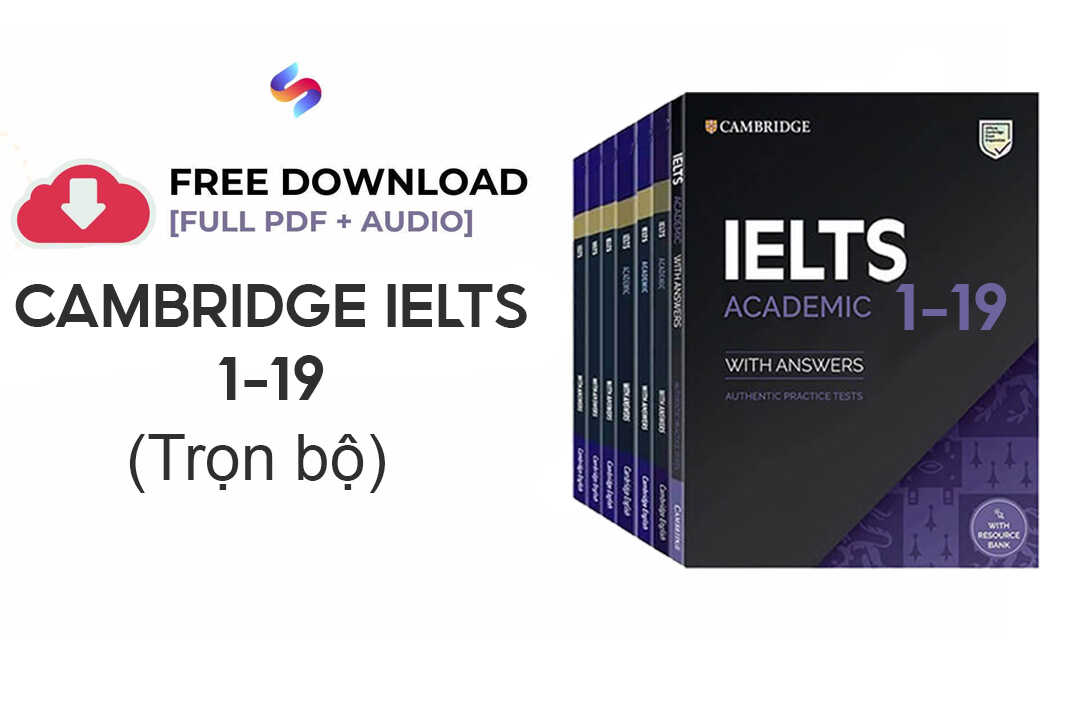

![[PDF + Audio] Tải Sách IELTS Cambridge 17 (Kèm đáp án)](https://smartcom.vn/blog/wp-content/uploads/2024/07/sach-ielts-cambridge-17_optimized.jpg)
![[PDF + Audio] Tải Sách IELTS Cambridge 15 (Kèm đáp án)](https://smartcom.vn/blog/wp-content/uploads/2024/07/ielts-cambridge-15_optimized.jpg)
